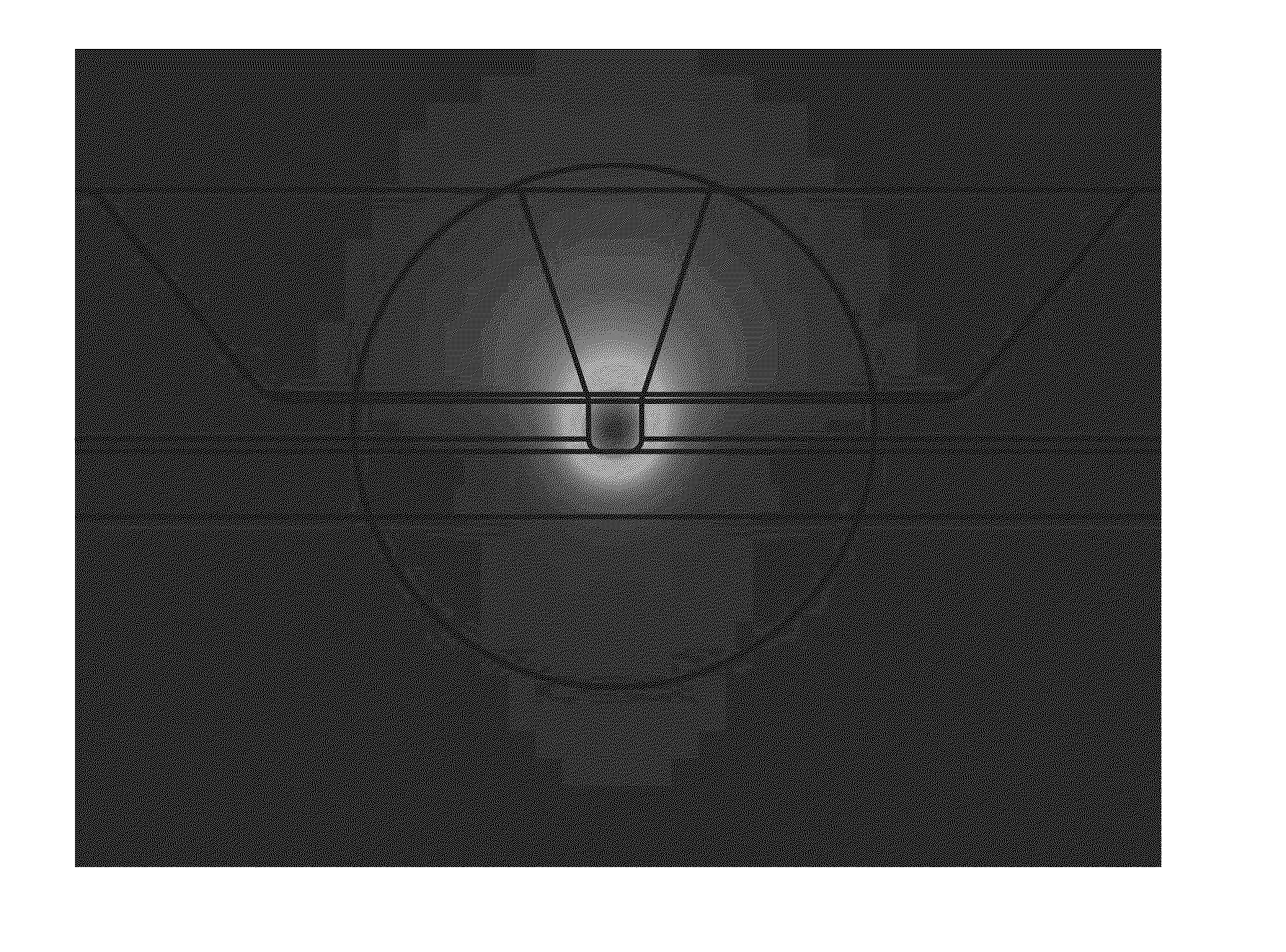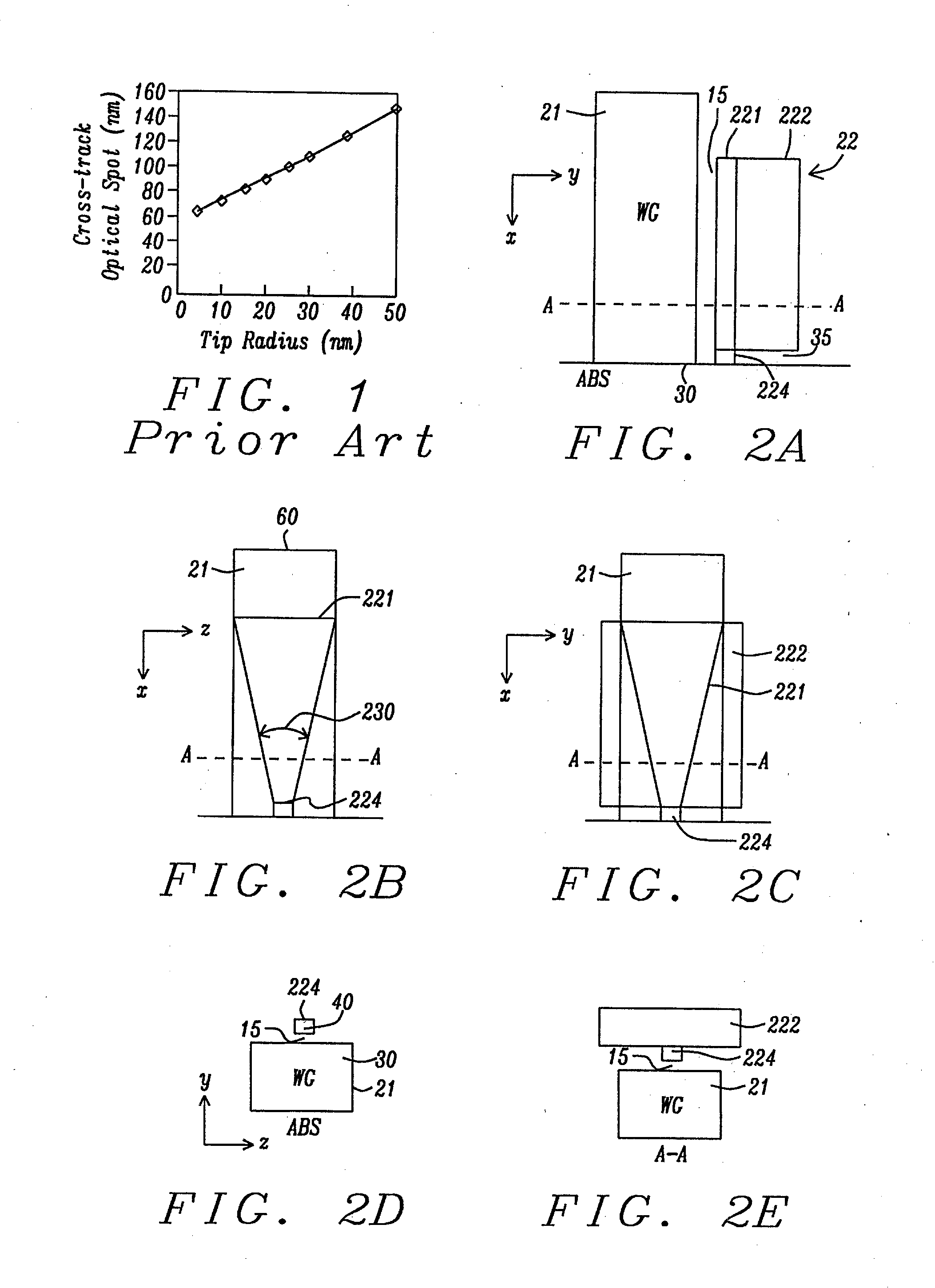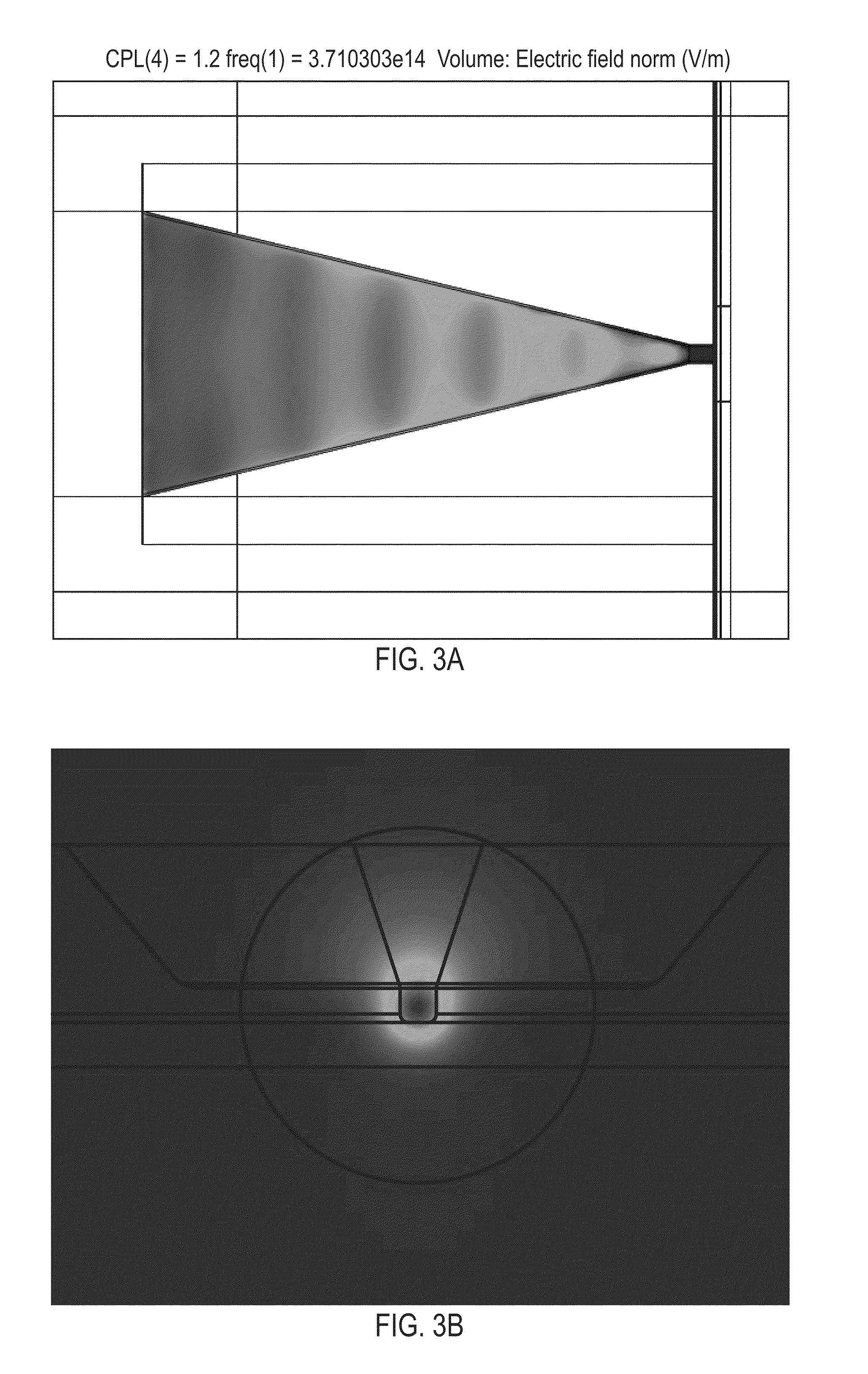Planar Plasmon Generator with a Scalable Feature for TAMR
a plasmon generator and feature technology, applied in combination recording, data recording, instruments, etc., can solve the problems of not meeting the requirements simultaneously, increasing the recording area density, and reducing so as to reduce the optical/thermal spot size, the effect of reducing the track width
- Summary
- Abstract
- Description
- Claims
- Application Information
AI Technical Summary
Benefits of technology
Problems solved by technology
Method used
Image
Examples
first embodiment
[0044]Referring first to FIG. 2A, there is shown a side cross-sectional view (in an x-y plane) of a portion of a first embodiment of a PPG for a TAMR apparatus that meets the objects of the present invention. Unlike the remaining six embodiments below, this first embodiment is the planar plasmon generator (PPG) itself and it does not include any particular configuration of the magnetic pole that is typically located adjacent to. The combination of the PPG and the adjacent magnetic pole comprises the TAMR head. These TAMR combinations will be described below as the second to seventh embodiments of the invention.
[0045]The y-axis hereinafter (in all subsequent embodiments) defines the down-track direction, the x-axis hereinafter defines a vertical direction (perpendicular to the ABS) from the back end of the head towards the ABS end, the z-axis would be a cross-track direction in the plane of the recording medium and is not shown in this figure. A line, A-A, indicates the plane along w...
second embodiment
[0059]Referring to schematic FIGS. 5A and 5B, there is shown a side (x-y plane) cross-sectional view (5A), and an ABS (y-z plane) cross-sectional view (5B) of a second embodiment of a TAMR write head incorporating a PPG and adjacent optical WG of the present invention. The arrow (1) points in the direction of medium movement relative to the head.
[0060]This embodiment shows a tri-layer planar Plasmon generator (22), abutting a magnetic write pole (23). The write pole has a small stitched pole tip (231) projecting in the negative y-direction towards the WG (21). Such a stitched pole tip is well known in the art and will not be discussed herein. The write pole (23) is substantially of uniform thickness above the stitched pole tip. The WG (21) is separated from the plasmon generator by a dielectric-filled gap or spacer layer (15). The main pole connects to a yoke which is not shown here.
[0061]The planar Plasmon generator (22) in this embodiment consists of three layers, layer 1 (221) cl...
third embodiment
[0065]Referring to schematic FIGS. 6A and 6B, there is shown a side (x-y plane) cross-sectional view (6A), and an ABS (y-z plane) cross-sectional view (6B) of a third embodiment of a TAMR write head incorporating a PPG and adjacent optical WG of the present invention.
[0066]In every other aspect, this embodiment is same as the second embodiment, except that two blocks ((241) and (242)), visible in 6B, are placed around the magnetic pole as additional heat sinks. The blocks can be made from non-corroding metals with good thermal conductivity, such as Ru, Cr, Au etc, or made from other hard materials with good thermal conductivity, such as SiC etc. This configuration will have the advantages of further lowering the temperature of magnetic pole during writing operation so reliability of the apparatus is improved.
PUM
| Property | Measurement | Unit |
|---|---|---|
| vertex angle | aaaaa | aaaaa |
| vertex angle | aaaaa | aaaaa |
| width | aaaaa | aaaaa |
Abstract
Description
Claims
Application Information
 Login to View More
Login to View More - R&D
- Intellectual Property
- Life Sciences
- Materials
- Tech Scout
- Unparalleled Data Quality
- Higher Quality Content
- 60% Fewer Hallucinations
Browse by: Latest US Patents, China's latest patents, Technical Efficacy Thesaurus, Application Domain, Technology Topic, Popular Technical Reports.
© 2025 PatSnap. All rights reserved.Legal|Privacy policy|Modern Slavery Act Transparency Statement|Sitemap|About US| Contact US: help@patsnap.com



